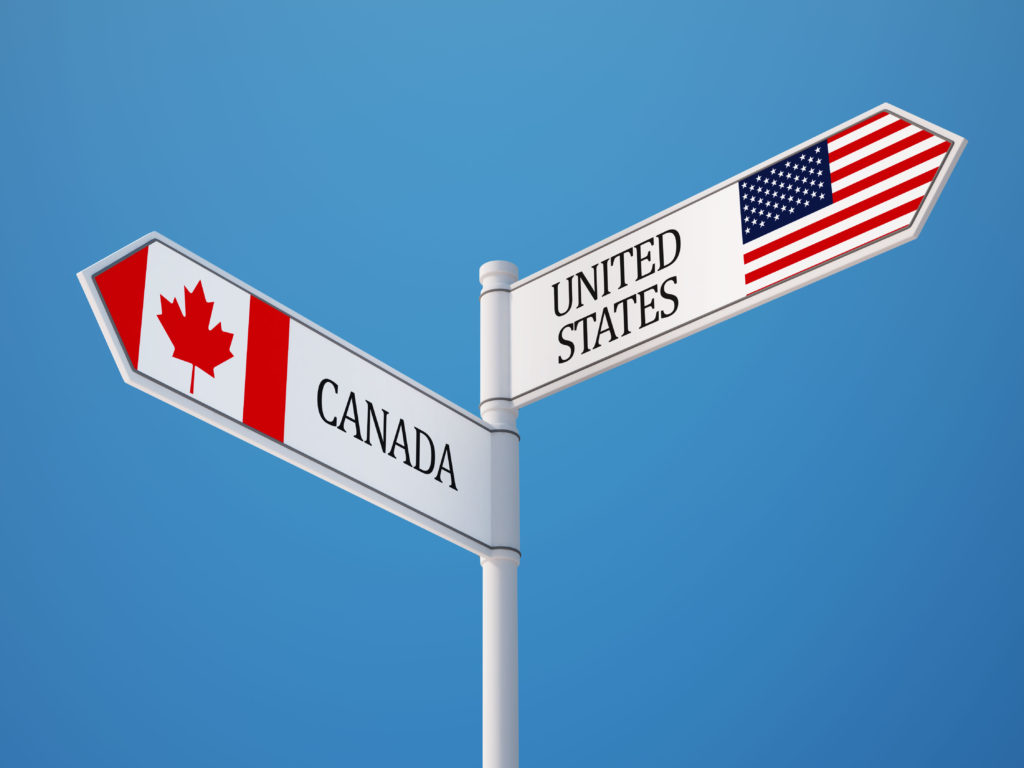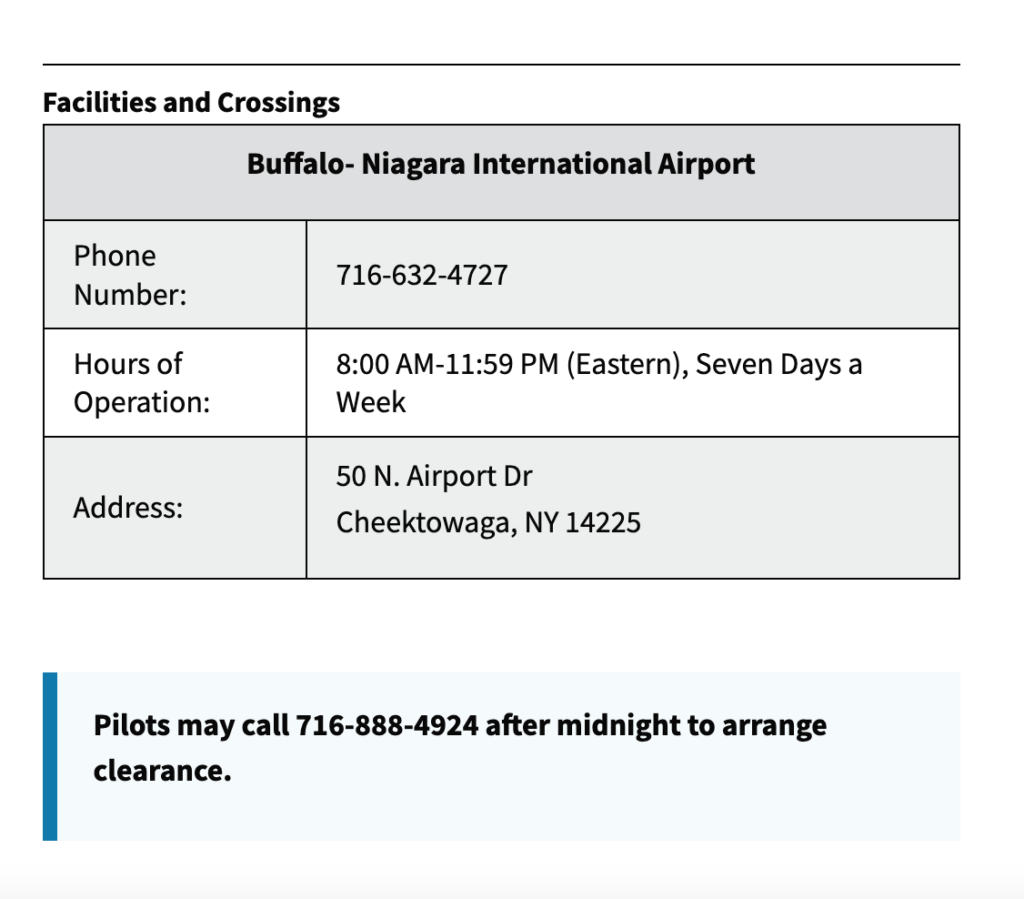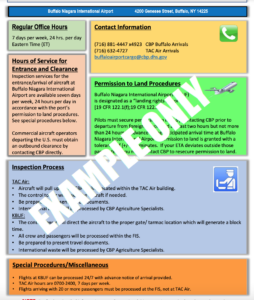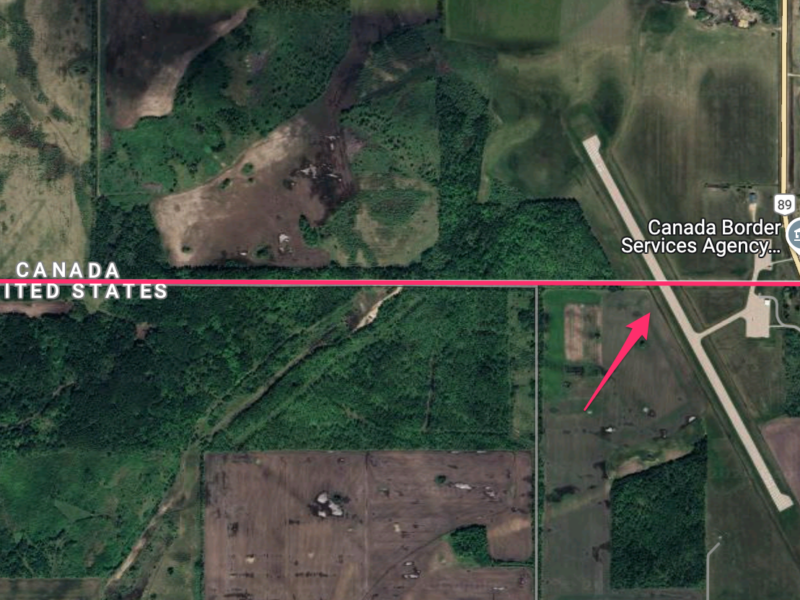Update: A 45 min presentation on this topic is now available on YouTube
Flying General Aviation from Canada to the United States can be an elaborate process. This post will cover what you need to do in order to file all the necessary paperwork to land in the USA and clear customs and immigration with Customs and Border Protection. In summary we’ll go over the following steps to ensure you have the proper permission to land in the USA:
- Obtaining a CBP decal/sticker
- Finding a Port of Entry
- Filing your eAPIS paperwork.
- Obtaining landing rights (very important).
- What to do when you arrive to clear customs
Lets Get Started. It’s March and you want to fly yourself and all your friends down to Myrtle Beach. Let’s start off with a simple direct flight plan: CYKZ KMYR.
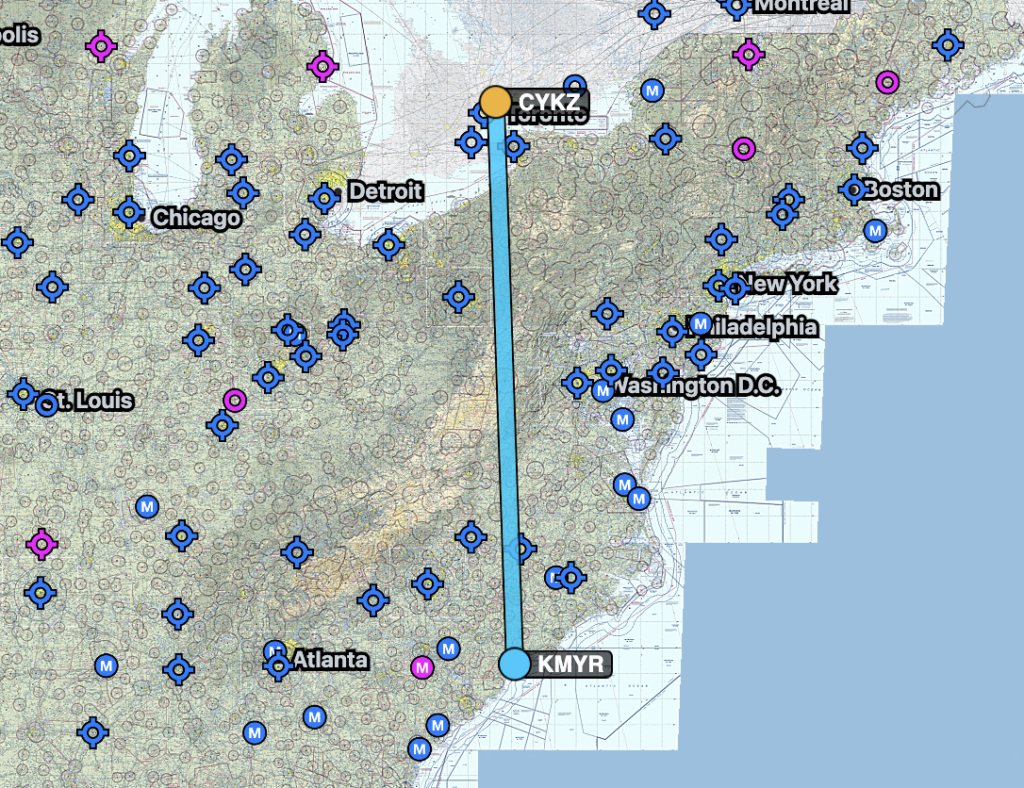
Step Zero. Get a CBP sticker for your aircraft. This is required for all general aviation aircraft who would like to enter into the USA. The annual fee is around $35USD and is valid for unlimited number of entries in the US. You will require the “decal number” when you file your eAPIS information.
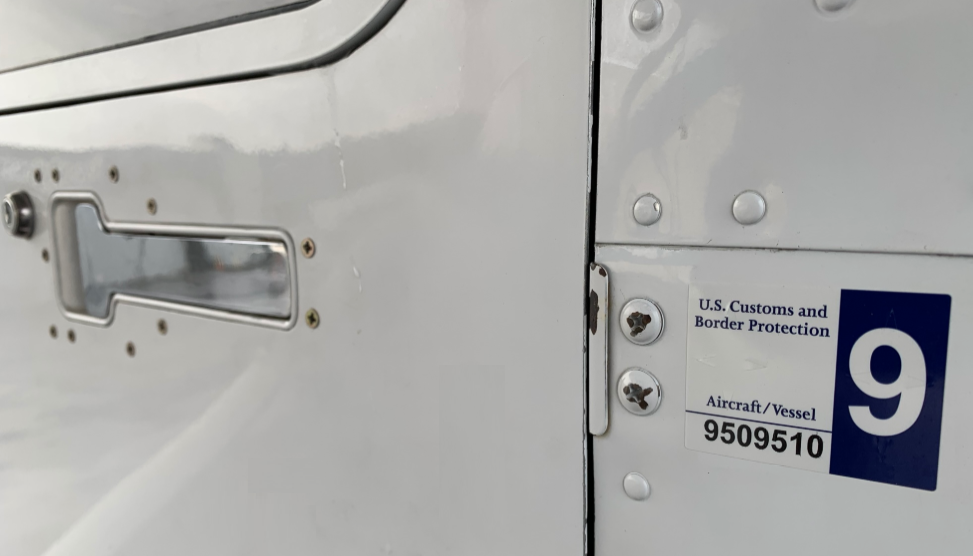
Plan ahead as it may take several weeks for your sticker to arrive. When it does, don’t forget to adhere it to your aircraft.
Step One. Plan Your Route. There are two trains of thought as to when along your route you should clear customs.
- Land and clear customs as soon as you cross the border.
- Clear customs at your destination or fuel stop.
They each have their own pros and cons:
| Option 1 | Option 2 | |
| Pros | You have already cleared customs & immigration at a port of entry if you have to make an emergency stop/forced landing along your route in the USA. | Shorter flight time as you aren’t stopping until your destination. |
| Cons | Longer flight time as you have to stop before your destination. | If you need to land before your destination it complicates things as you have not cleared customs & immigration. Your destination airport may not be an Airport of Entry (AOE) |
Personally I like Option 1 as it gives you the most freedom and options if you have to land at any point in the USA before your destination.
Step Two. Find an appropriate Airport of Entry (AOE). Take a look at other airports along your route. In our example, KBUF and KERI are both ports of entry. AOEs in the United States have “International” in the name of the airport (FAA AIM, PCG-I5). For example: Buffalo International or Erie International. Let’s use KBUF as it is the closest to our route:

Step Three. Call the CBP at the airport to ensure they will be available during your ETA. Not all airports have 24/7 customs facilities, especially on the weekends. So it’s best to double check before you fill out your eAPIS information and you can change your arrival time accordingly. You can find the correct number to call on the CBP website. Be sure to select the correct city and look for the phone number under “Facilities and Crossings”.
Step Four. Fill out eAPIS. The electronic advanced passenger information system allows you to submit all of your passport, citizenship, and visa details with the CBP. This is required at least 60 minutes before your flight into the USA. The eAPIS form will ask you for your ETA to the airport you plan on clearing customs and immigration, so have this ready. I like to file the details the night before once I’ve confirmed weather and all other flight planning are done.
Step Five. Secure Landing Rights. Call the same number you did in Step Three and let them know you would like to secure landing rights. The CBP agent will ask for your details (and possibly your eAPIS number). If you are planning on arriving on the weekend, you might need to do this on a Friday during business hours. This step is very important as technically you aren’t allowed to land in the USA until the CBP agent schedules your arrival into their system. The CBP agent will then email you an information sheet about the airport, hours of operation, procedures, etc..
You’re Done! On the day of the flight ensure that your ETA to the Airport of Entry is still accurate. You are allowed +/- 30 minutes to arrive. If this is no longer the case, call the CBP office at the airport and let them know of your updated ETA.
